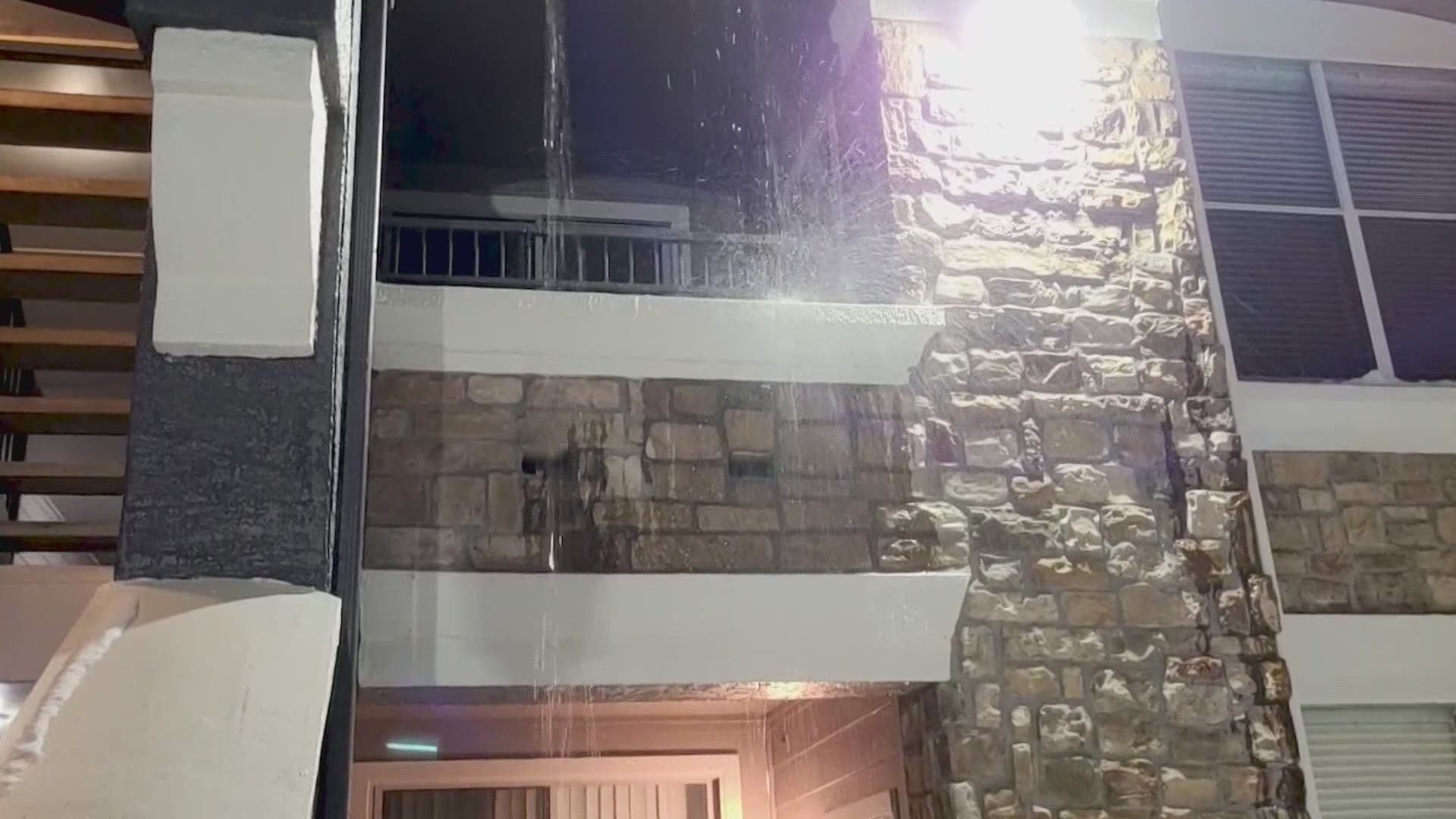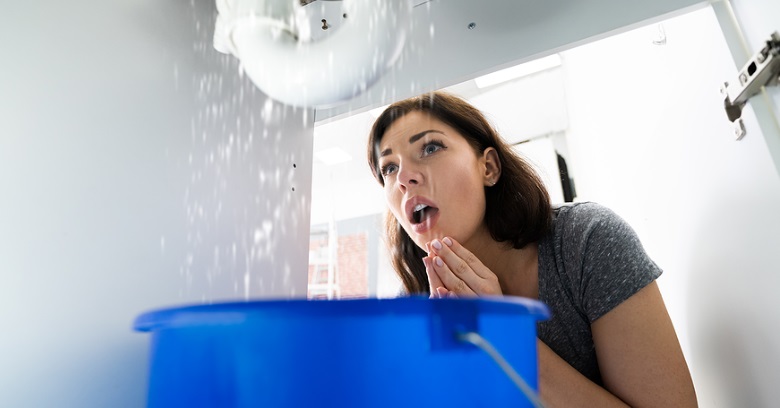The article which follows involving What To Do And What Not To Do When Dealing With Water Damage is pretty much captivating. Check it out for yourself and figure out what you think about it.

What should you do if a water pipe bursts in your house? Do you want a mini-waterfall and flooding in an area of your house? You should act fast if you discover on your own in this scenario. The longer you wait, the much more extreme the damages that can happen to your residential or commercial property. The clearheadedness is key in these events. For these reasons, you require to learn just how to act in case of a burst water pipe. Have a look at the adhering to ideas listed below to help you act fast since time is of the essence.
Turn off the Main Waterline Shutoff
The first thing to do? Close the shut-off valve. Seek the local shut-off valve to turn off the water in one particular location just. Go for the primary water line shutoff and also turn it off if you don't understand where the local shut-off valve is. This action will certainly remove the water right away in your whole home. Normally, the primary valve is located outside the residence alongside the water meter. If it's not there, you can also discover it in 2 locations: in the cellar at eye degree or the first flooring on the ground. Commonly, builders placed the shut-off valve generally ground degree bathroom or best next to it.
Call Water Damages Reconstruction Pros for Help
After closing the water source, call the professionals for help. With their expert aid, you can prevent a lot larger water damage including warped baseboards, loosened ceramic tiles, or harmed structures.
File the Damage For Insurance
While you're awaiting the pros to show up, get some paperwork of the damage caused by the wayward pipeline. Take images as well as videos of whatever. Do close-up shots of the damaged valuables and also areas. Your documentation will certainly work as proof for your property owner's insurance policy. Maintaining positive with this scenario helps you to sue for protection, which will certainly further support you and your family to come back on your feet.
Recover Things That Can Be Saved
Analyze the harmed products and take out the most crucial ones from the stack once you're done taking pictures. Dry them off in a dry/warm location away from the broken location as well as try to maintain them as much as you can. Drag as much wetness as you can to the material so it can begin to dry.
Start the Drying Refine
Luckily, the water from your waterlines is currently clean so you don't have to fret concerning sewage system water. The streaming water might have disturbed the dirt and also particles in your floorboards as well as carpets. Blot out as much water as you can from the surfaces with old towels.
Professionals are the only people qualified to analyze appropriately and fix the burs pipelines as well as subsequent damage. As constantly, pipelines do not simply instantly burst out of heaven. They generally offer silent red flags like gurgling paint, water discolorations. Unusual noises in the plumbing, caving ceiling, mildewy smell, or peeling wallpaper. Keep in mind of these indications as well as do some safety nets so you can nip any problems in the bud.
What should you do if a water pipe bursts in your house? For these reasons, you need to find out exactly how to act in the event of a burst water pipe. After closing the water resource, call the experts for help. With their expert help, you can stop much larger water damages including deformed baseboards, loosened tiles, or harmed structures. Fortunately, the water from your waterlines is already clean so you do not have to fret about sewage system water.
How to Handle a Burst Pipe and Minimize Damage
Steps to Take Ahead of Time
If you own property in an area that experiences cold weather, you need to be aware of seasonal maintenance tasks that will help you protect your property as the weather changes each year. One of the most important steps is to winterize your pipes to ensure they won't freeze or burst when the temperature drops. This includes action items like insulating any exposed pipes, detaching garden hoses and covering outdoor faucets. If the weather gets cold enough, you may even consider leaving a faucet dripping or opening cabinet doors during the coldest parts of the day.
No matter how prepared you might be, accidents and emergencies still happen. You'd be wise to set up a savings account specifically for your property so you have a "rainy day" fund set aside for unexpected expenses. All homes regardless of age, location or condition will inevitably need some form of emergency repair.
Steps to Take for Frozen Pipes
A frozen pipe will not necessarily burst, so if you can catch a frozen pipe early on, you could save yourself a major headache. When your area experiences frigid temperatures, be sure to check your plumbing and keep an eye out for warning signs like faucets only releasing small amounts of water or toilets not refilling when flushed. If you do run into one of these issues, you're likely dealing with a frozen pipe.
If this happens, your first step should be to cut off the water supply to that section of the plumbing. Expanding and freezing water can quickly cause damage. Even if the water supply is shut off, you will likely still deal with some leaking from the water that defrosts after the pipe has thawed. Be prepared with a mop, bucket and/or towels to quickly soak up any excess water.
In order to thaw a frozen pipe, you can use a space heater, infrared or incandescent heat lamp, or even a hairdryer to warm up the frozen area. Heat tape is also an option and should be used according to manufacturer instructions. Do not use any sort of open flame to thaw frozen pipes, as it poses a major fire hazard and can damage your pipes further.
Steps to Take for a Burst Pipe
Water damage claims are the second most common insurance claim in the U.S. When you're dealing with a frozen pipe, the water continues to expand as it freezes, which creates pressure that can cause a pipe to burst. When this happens, the crack or leak in the pipe allows water flow from the pipe to enter your home where it shouldn't. If a pipe does burst, you need to act quickly to mitigate property damage and repair cost.
Your very first step should be to shut off your main water supply to minimize flooding typically the most expensive damage to address. Once you've shut off the water supply, make sure you identify the entire area that has been impacted by the leak. Remove as much water as possible as quickly as possible using a mop, sponges, towels or a shop vacuum or wet/dry vacuum. To prevent long-term damage due to moisture build-up, run a dehumidifier or fan in the affected area. Contact a licensed plumber to ensure the pipe is correctly repaired before running any water to that section of the home again. Burst pipes and the associated water damage are something you absolutely want to avoid as a property owner. If you've had to learn your lesson the hard way, don't let yourself get caught in a similar situation during the next spell of cold weather. The best way to deal with frozen or burst pipes is to prevent them in the first place proactive winter maintenance will save you time, money and a whole lot of stress.

We hope you enjoyed our excerpt about Do s And Don ts In Case Of Water Damage. Many thanks for taking time to read our article. Sharing is nice. Helping people is fun. Thank you so much for taking the time to read it.
For true quality, dial!